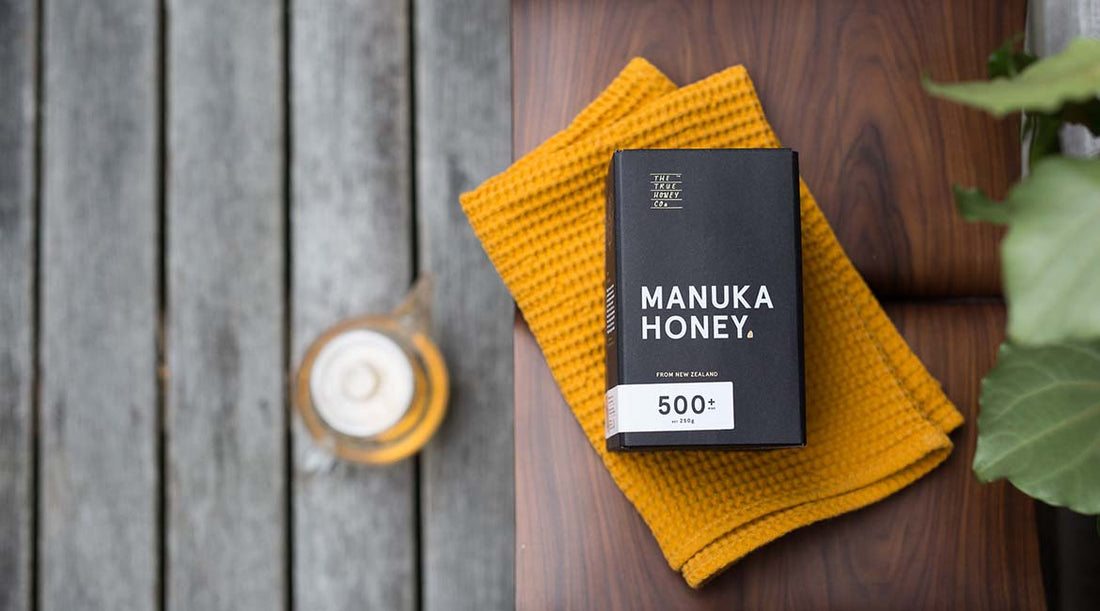
With somewhat of a heatwave keeping us company in New Zealand, we have been hearing from a few local honey lovers, asking the best way to look after their Mānuka honey once the jar has been opened. So we asked our True Honey Co. team of boffins and honey experts.
And the answer was clear. Honey is best stored in your kitchen cupboard or pantry. That’s because it’s a coolish spot, out of direct sunlight. Between 10-20°C/50-68°F is perfect – as this temperature will keep it stable in the jar and not let it get too runny. And keep the lid tightly closed after each time to use it. This will also prevent those pesky ants from helping themselves.
If it gets too hot (in direct sunlight, next to the stove or in very hot weather) it can melt the uniform crystals that form during the natural creaming process. This may make it a bit runny and stop it from going back to its original silky-smooth texture.
Exposing honey to heat may also lead to slight flavour changes and may darken the honey. The good news, for honey lovers who are also partial to a hot drink, a spoonful of Mānuka honey doesn’t lose its special properties when stirred into water that’s 95°C/203°F or lower (this is the temperature of freshly boiled water from the kettle).
To change the consistency of your honey, leave it in a warmer spot to soften it, or pop it in the fridge to firm up. But try not to leave it in the fridge too long, or you may find it hard to spoon or spread. If you do, you may find the lid sticks a little. Just let it warm up and it should come off easily.
We’ve also heard of honey lovers using their wine chiller (not the fridge) for storing honey, especially in hotter climates. We recommend making sure the lid is on tightly or putting it in a sealable bag first. Honey needs to be a sealed container (usually the one it comes in) at all times when not in use, honey is hygroscopic, meaning it easily absorbs moisture from the air, especially if you live in a humid climate. Too much of this water and the taste and appearance can change, or the honey may even begin to ferment. Not the most effective way to make your own mead…
What you store Mānuka honey in also matters. Honey could oxidise in a metal container, but typically not in food grade plastic or glass jars. We bottle all our honey in glass jars because it’s so stable and won’t react with the honey, or melt if it gets too warm.
Although it may change colour or texture, honey is very resistant to spoiling. After all, they’ve discovered honey in the pyramids that’s still fine to eat. So follow our guide above, and enjoy the good stuff.

